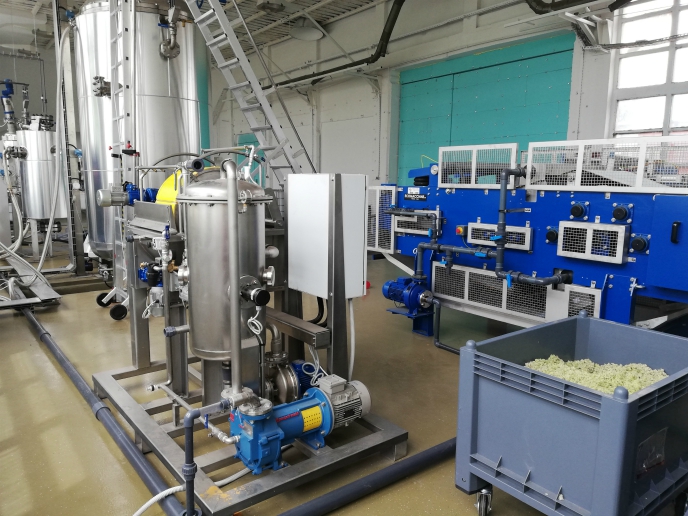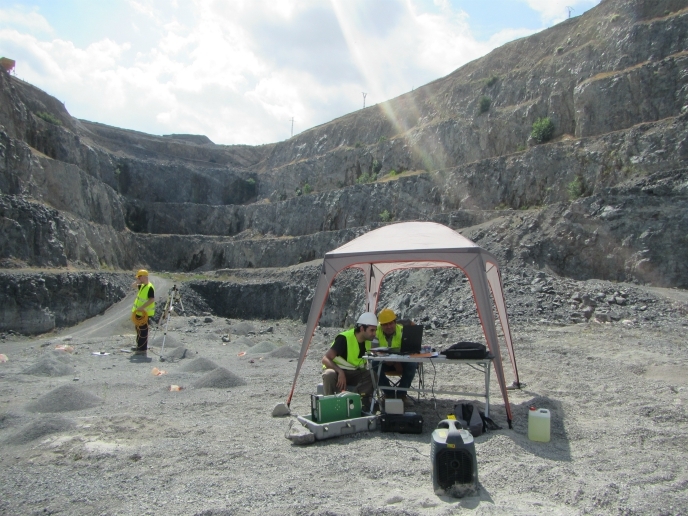A new vision for air transport
The current model of air transport in Europe may not work at optimal efficiency in a few years as demand grows and travel patterns shift. The EU-funded project 'European personal air transportation system study' (EPATS) proposed a more streamlined, efficient air transport system in terms of time, cost and customer service. It looked at increasing small aircraft and enhancing service using small airports to access more communities much faster than with the current paradigm. In effect, EPATS aimed to create a new European air transportation system by factoring in the increasing demand for personal aviation up to 2020 and impact on transport systems. It also considered airport infrastructure, safety and environment. The project achieved its aims by analysing information on European airports and airfields. It conducted a comparison on general aviation between Europe and the US, analysing capacity, fleet structure and usage. EPATS found that compared to the EU, general aviation is at a more favourable position in the US thanks to local laws and transport habits. The project ultimately demonstrated that important cost improvements could be achieved if a new aviation model with smaller aircraft and the use of more airfields were established. It highlighted that air transport is safer, environmentally friendlier and more energy-efficient than cars. EPATS looked at projected routes to be flown, avionics technology, aircraft production, certification regulations and fuel consumption. It also recommended steps to encourage research in automation for safe single-pilot operations and in cockpit design. Although the EU may need to train up to 200,000 pilots over 20 years to realise this model, the new transport strategy could stimulate the aviation industry in many ways. EPATS successfully developed a roadmap to encourage new business models, promote the new operational concept, stimulate manufacturing and develop new generation aircraft.







